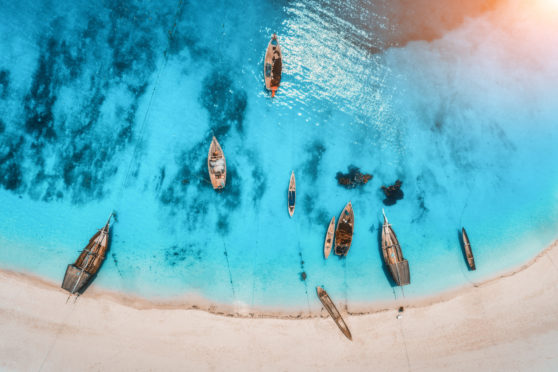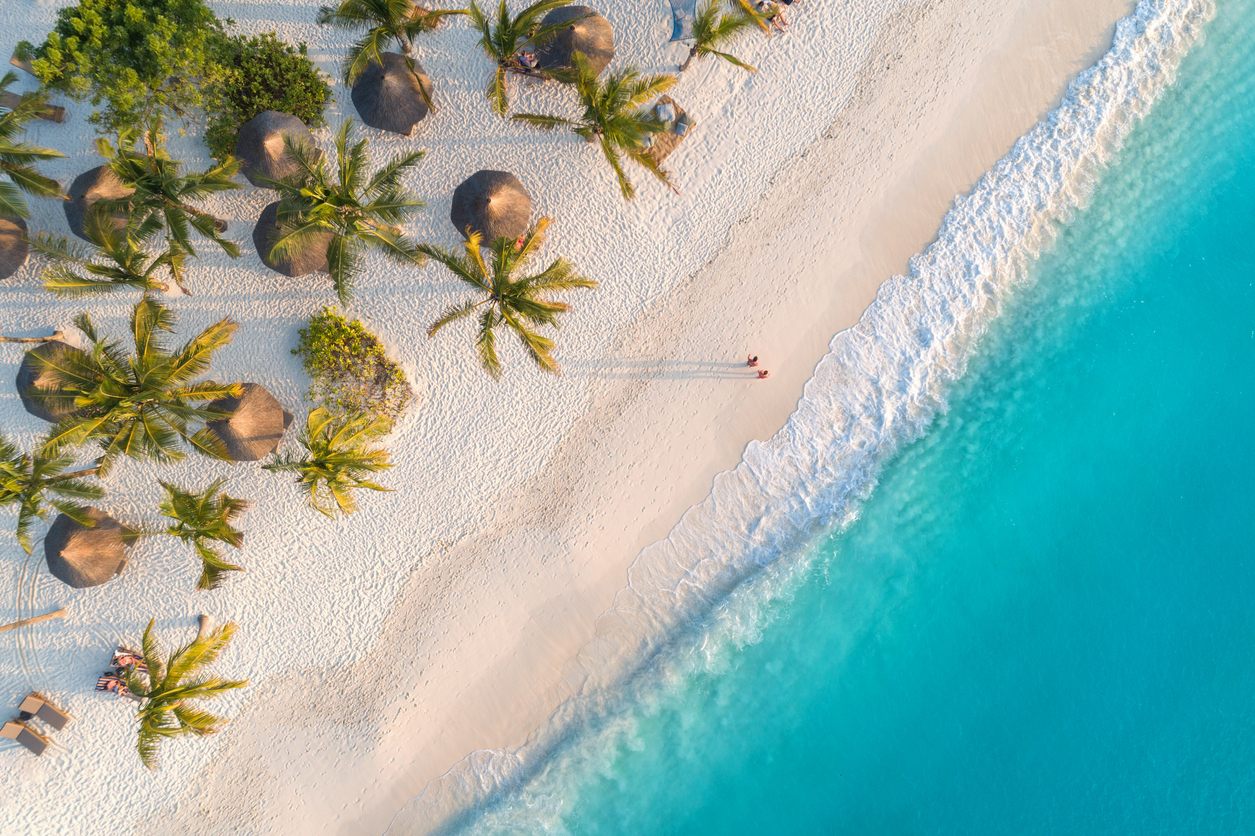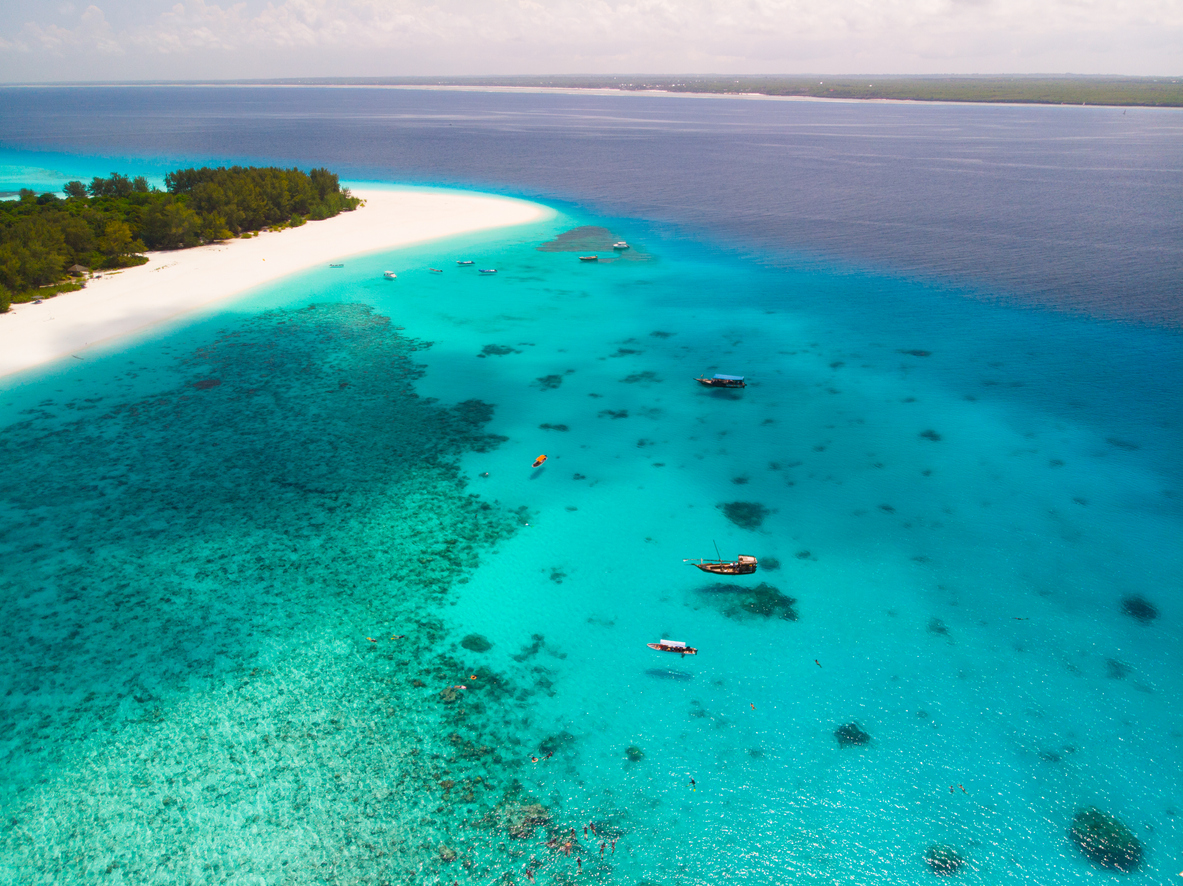
I’m standing outside the childhood home of Freddie Mercury in Stone Town, the capital of Zanzibar, and thinking, “How would I describe this gorgeous island? I know, it’s a kind of magic.”
Just 22 miles off the coast of mainland Tanzania, the island of Zanzibar has all the same attributes as Mercury, its most famous son. It is cool, charming, charismatic and captivating.
Less ostentatiously bling than some of its island neighbours – yes, The Maldives, I’m talking about you – Zanzibar casts a wonderfully serene spell on its visitors. It’s the affordable, chilled-out face of the Indian Ocean.
The two Swahili phrases the Zanzibar locals use most often are “hakuna matata” (which, as all fans of The Lion King will know, means no worries) and “poli, poli” – which roughly translates as slowly, slowly.
Stressed-out Brits who are prisoners of their phones and are constantly dashing about like headless chickens could learn a lot from this slower pace of life. We could all benefit from taking things more “poli, poli”.
That calming atmosphere certainly reigns at the five-star Baraza Resort & Spa where we are staying on the south east coast of the island.
Part of the Zanzibar Collection of hotels, which also includes Breezes, Palms and Zawadi, the Baraza overlooks Bwejuu – Paje beach, recently voted one of the top 30 beaches in the world.
Elegantly designed in a Moorish style to reflect the island’s Omani heritage and built around a large, immaculately-manicured garden, the hotel serves up textbook, old-school luxury.
But this family-owned establishment also exudes the sort of colour and character so often missing from luxury hotel chains where you could be sitting in a five-star bubble anywhere in the world. The Baraza provides the opposite of a cookie-cutter experience.
The hotel’s sense of tranquillity is only enhanced by its newly launched Rejuvenate Your Soul Hatha-based yoga retreat. The six-day course includes pranayama, the formal practice of controlling the breath, yoga nidra for deep relaxation and yoga shala meditation. We have our lessons on the beach looking out over the glorious emerald-green Indian Ocean.
If you venture out of the hotel, the island also offers many fascinating sites. Colonised by the Portuguese, the Omanis and the British, Zanzibar is freighted with history. It is not at all hard to see why the whole island has been designated a UNESCO World Heritage Site. We travel an hour from the Baraza to the west coast We start our tour in Stone Town, whose bustling maze of higgledy-piggledy back alleys is simply teeming with life.
Each corner plays host to a stall selling everything from Scottish Premiership football shirts and brightly coloured dresses and jewellery to oil paintings of lions and elephants.
We then stroll along the Stone Town waterfront, scene of the shortest war in history. On August 27, 1896, Khalid bin Barghash usurped his brother as Sultan of Zanzibar.
Unhappy with these developments, the occupying British forces mobilised five warships, 150 sailors and 900 soldiers. The warships bombed Khalid’s palace and, perhaps because they destroyed his beloved harem, he soon ran up the white flag. The whole conflict lasted just 38 minutes.
On nearby Kenyatta Street, we take a moment to pause in front of Freddie Mercury House, where the Queen singer lived until he was eight and which is now flanked by three large photo displays of the singer.
Mercury’s family fled from the house to the UK during the Zanzibar revolution in 1964. Brian May, his bandmate and lifelong friend, recently fulfilled a long-term ambition by going on a pilgrimage to the house.
If you’re truly determined to live like a rock star, you can check into the Freddie Mercury Suite at the neighbouring Jafferji House and Spa. Here guests can channel their inner star in the suitably flamboyant bedroom, which is festooned with photos of the singer. On the way back to the Baraza, we visit the Jozani-Chwaka Bay National Park. Covering 5,000 hectares, this ancient forest is home to seven species of wildlife found nowhere else on the planet.
There is supposed to be family of leopards living in the National Park, but they are sighted only very rarely.
The most celebrated resident of the National Park is the red colobus monkey, 5,862 of whom live in the forest. We plunge into the bush, and our guide soon locates a dozen-strong troupe of monkeys playing on a guava tree.
They boast shimmering red backs and tails, which give them their name. The monkeys also possess enormous eyes and “electric shock” hairdos, which lend them a permanent look of surprise.
On the way back to the Baraza, I notice the sign on a passing bus. It reads: “Next stop: Paradise.”
There is no need to get on the bus. I’m already there.
P.S. The Baraza also has a marvellous snorkelling trip to the coral reef at the nearby Blue Lagoon.
Gliding through waters the shade of jewels rarely spotted outside a royal crown, we see fish with names as colourful as their looks: angel, clown, damsel and the well-named powder-blue tang. Eat your heart out, Finding Nemo.

Enjoy the convenience of having The Sunday Post delivered as a digital ePaper straight to your smartphone, tablet or computer.
Subscribe for only £5.49 a month and enjoy all the benefits of the printed paper as a digital replica.
Subscribe
